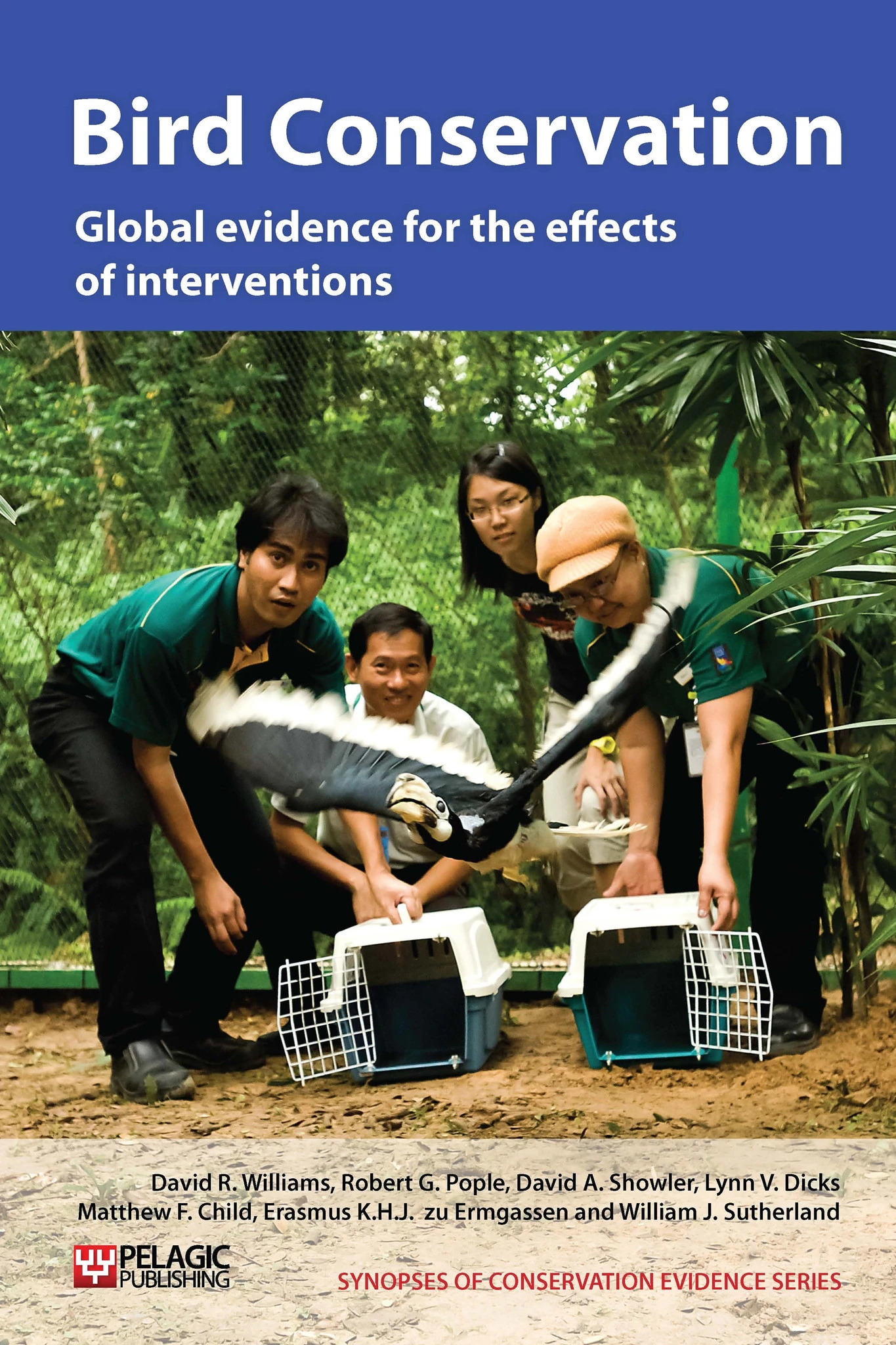Artificially incubate and hand-rear waders in captivity
-
Overall effectiveness category Likely to be beneficial
-
Number of studies: 4
View assessment score
Hide assessment score
How is the evidence assessed?
-
Effectiveness
64% -
Certainty
41% -
Harms
4%
Study locations
Supporting evidence from individual studies
A replicated, controlled trial on coastal habitats in California, USA, in 1986 (Page et al. 1989), found that 79% of 28 artificially incubated Kentish (snowy) plover Charadrius alexandrinus eggs, taken from the wild, hatched (excluding 16 that were thought to be dead or infertile). This compared with 92% of 185 parent-incubated eggs, or 43% including those destroyed by humans or natural causes. Fledging rates were 79% and 38% for hand-reared and wild-reared chicks respectively. In 1987, eight hand-reared birds’ breeding attempts were monitored, alongside 16 wild-reared birds. Hand-reared birds laid eggs later than wild-reared, although this difference was not significant. Hand-reared females tended to nest in less productive areas than wild-reared birds and produced fewer young (two of eight hand-reared birds produced young vs. six of sixteen wild-reared), although this difference was not significant. Artificial incubation consisted of a 37.6oC incubator with 80-85% humidity, with chicks then fed on tubifex worms, supplements, krill and crickets. Birds were released at between 41 and 72 days old.
Study and other actions testedA replicated and controlled experiment on two islands in Lake Michigan, USA, in 1989 (Powell & Cuthbert 1993) found that artificially incubated killdeer Charadrius vociferus eggs had significantly higher hatching and fledging success than either wild-reared or cross-fostered (raised by spotted sandpipers Actitis macularia) eggs and chicks (82% hatching success, 2.3 fledglings/pair and 78% fledging success for captive-reared chicks from six broods vs. 47%, 0.8 fledglings/pair and 48% for cross-fostered chicks from 16 broods, and 54%, 0.6 fledglings/pair and 27% for parent-reared chicks for 24 broods). Eggs were removed during the first week of incubation where possible and incubated at 39oc, transferred to a 35oC box and then released into outdoor pens. Killdeer chicks are precoccial and so fed themselves from tubifex worms, mealworms, earthworms and cat food spread in water over sand (to simulate natural feeding conditions). They also fed on insects attracted to heat lamps. Chicks were released into the wild at 35 days-old and no behavioural differences were observed after release. No parent-reared chicks were seen in following years, whereas one captive-reared chick was seen the next year.
Study and other actions testedA replicated controlled study in South Island, New Zealand (Reed et al. 1993), investigated the survival of black stilts Himantopus novaezelandiae, fostered by both conspecifics and black-winged stilts H. himantopus. The eggs were removed from nests as soon as possible after laying. They were then incubated under a 37.2oC dry bulb and 28.9oC wet bulb until 2-3 days before hatching, when the wet bulb was increased to 32.2oC. Hatching eggs were then returned to the wild. Fledging success of managed nests was at least ten times that reported from unmanaged nests (13-27 chicks fledging in the population each year, a 20-42% fledging rate vs. 2% reported in another study for unmanaged nests).
Study and other actions testedIn New Zealand, captive breeding is a major conservation intervention for the black stilt Himantopus novaezelandiae. From 1981 to 2003, 1,879 eggs were collected from wild and captive pairs, artificially incubated and most chicks hand-reared until release. Analysis was undertaken to access factors that might influence rearing success (Van Heezik et al. 2005). Hatching success was 78% for captive-laid and 91% for wild-laid eggs. Most egg mortality occurred early on and around hatching, but timing of death was similar regardless of whether captive or wild, hybrid or pure black stilt, or when eggs were laid. Heavier hatchlings, and chicks from wild parents, had higher initial survival. Chick survival at 10 months of age was 82% regardless of egg origin. Survival of chicks subjected to major health interventions was 69% after 4 months. Survival of birds subjected to minor health interventions was as healthy chicks (82%).
Study and other actions tested
Where has this evidence come from?
List of journals searched by synopsis
All the journals searched for all synopses
This Action forms part of the Action Synopsis:
Bird Conservation
Bird Conservation - Published 2013
Bird Synopsis





)_2023.JPG)














